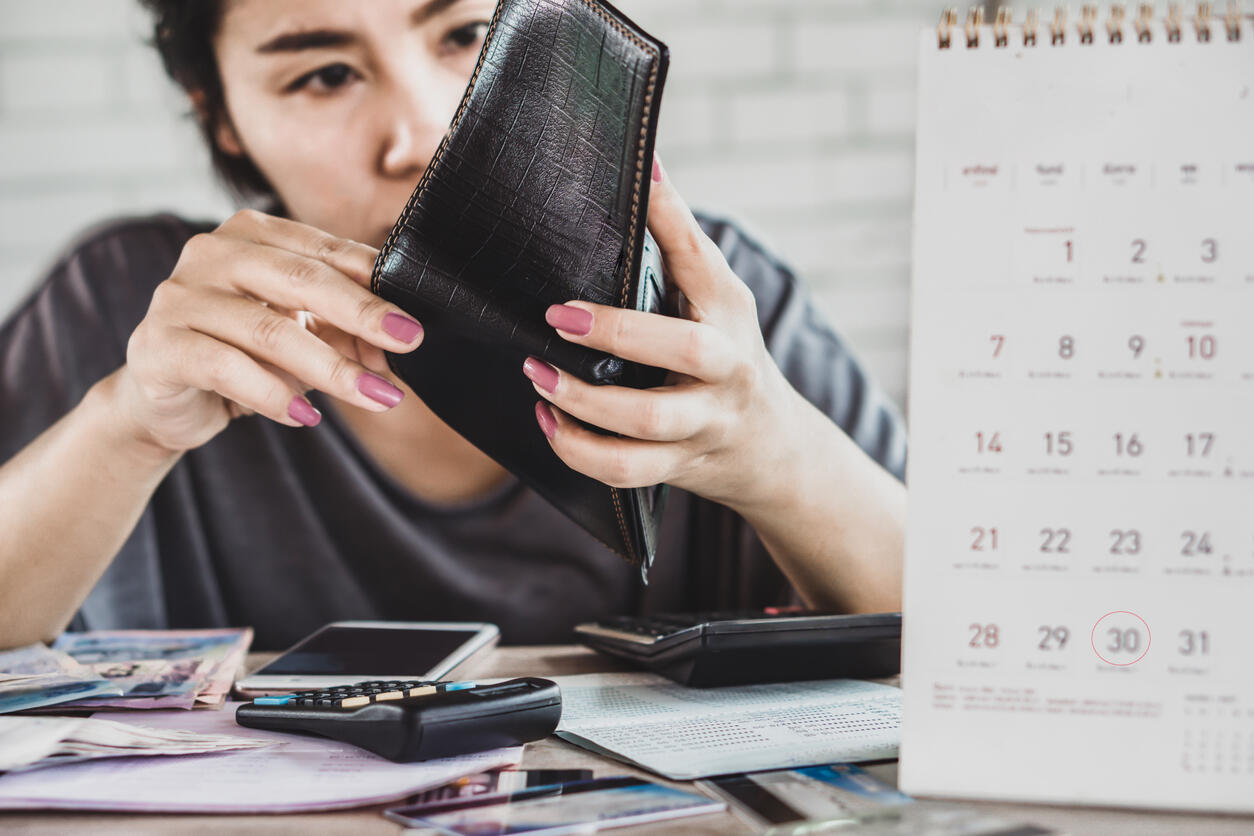Top Reasons to Avoid Payday Lending

A payday advance, also known as payday loan, cash advance, or check advance loan is a short-term, high interest loan that a consumer can apply for when they’re in a financial pinch. The process is quick as well. A consumer writes a personal check to the payday lending company for the amount they borrowed plus the service fee. Then, the lender holds the personal check and gives the consumer the loaned money. The money is then due to be paid back to the lender on their next payday. Sounds simple, right?
The biggest downfall to a payday loan is that a majority of time, consumers are already short in their budget, which is why they got a payday loan in the first place. Then, it becomes hard to accumulate those funds to pay off the loan, so many people get stuck in the payday lending cycle. If the first loan cannot be paid back, consumers may take out a second loan, then a third loan, and before they know it they are stuck. Let’s break down some reasons why the payday advance cycle can be dangerous.
Short repayment period
Payday advances have very short repayment periods. Repayment periods are based on how often you are paid. A majority of consumers get paid on a bi-weekly basis, which means the loan would need to be paid back on their next payday in two weeks.
High fees
The fees attached to payday lending are very high, ranging from 300-600% daily interest on the amount borrowed. For example, a $100 payday advance loan may be assessed a $15 dollar finance charge (fee). When you do the math, that equals an interest rate of 391%.
The daily interest charged ($15/14 days) is $1.071429 per day.
Convert the daily interest charged into an Annual Percentage Rate: $1.071429 x 365 days in a year = 391%.
If you can’t pay the loan back
If a payday advance cannot be paid back by the due date, the payday lending company can cash the consumer’s check at their financial institution to collect funds. If the funds are not available, the consumer will be charged extra fees from the payday lender and their financial institution. If payment is not made after 60 days, the payday advance company can take further collection action against the consumer.
Alternatives to a Payday Advance
No one wants to ever ask to borrow money, but if you find yourself in a situation where an emergency expense arises, think about a trusted friend or family member you could turn to to borrow the money. You could also explore a possible small loan from your financial institution. As a last resort, you could explore taking a loan from your retirement account.
In order to avoid needing a payday advance, create an emergency fund and start saving. Emergency savings accounts are great way to have money set aside in case emergencies arise. When creating an emergency savings, start small and build it up over time. Personally, I started by saving twenty dollars every paycheck. Then, every few months I tried to increase it by five dollars per paycheck to build a savings, while ensuring I was able to handle all of my expenses.